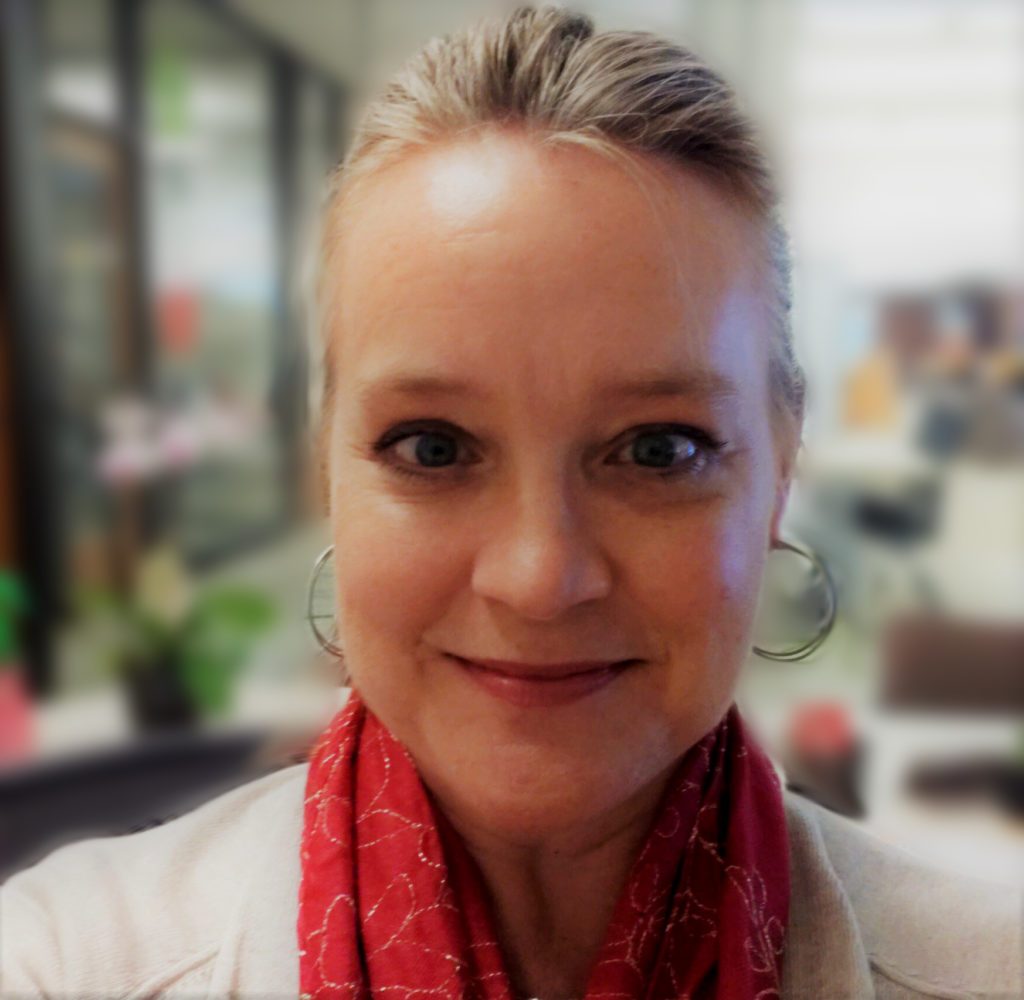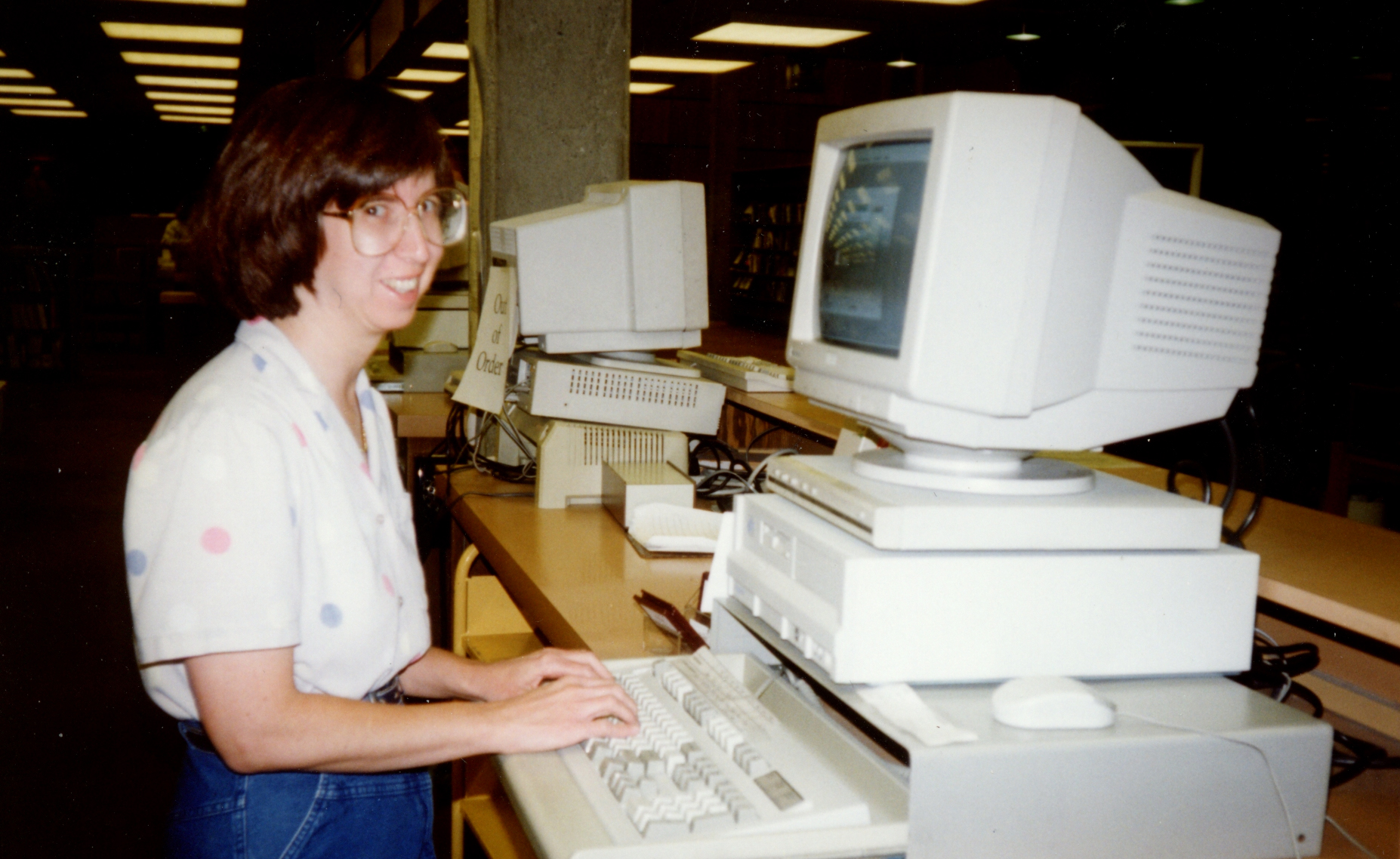When you think of a librarian, the image you might conjure up is a woman behind a desk shushing a group of students nearby. Contrary to that librarian trope, they are fountains of knowledge who conduct research, write for scholarly journals, provide information services, and more. In fact, many of the librarians at the Eccles Health Sciences Library are tenured faculty who teach.

Just as libraries must adapt in an ever-changing digital world, librarians follow suit. In this digital age, an enormous amount of information is available with one click. Health sciences students often become overwhelmed in their preparation to join the clinical work field. Students must gain “information-seeking skills which they can use in future practice as part of their clinical decision-making” (Beyer and Thomson, 2016). Librarians teach how to find information, evaluate it, and use it ethically. All students graduating from the University of Utah should have this skill to successfully compete for jobs and maintain evidence-based practice in healthcare. This is especially true as artificial intelligence (AI) is incorporated into researching the literature. AI tools often create citations to articles that do not exist, among other ethical concerns, and critical thinking skills are mandatory with the incorporation of this technology.
Though the cause of misinformation overload is convoluted, there is a remedy: embedded librarian instruction. “[V]arious credentialing bodies have begun encouraging programs to incorporate health literacy instruction in their curriculum” (Beyer and Thomson, 2016) and studies have shown that “library instruction is correlated with increased grade-point averages” (Gaha et al., 2018) The Eccles Health Sciences Librarian instruction team has taught 105 classes to over 2,800 learners just this past year (January – October 2024). At EHSL specifically, students have given library instructors overwhelmingly positive feedback about their courses:
“I thought this was very helpful, it made me more interested in researching things, which is saying something :)”
“The best part was learning that there are other sources to pick research from other than google.”
“There was a lot I already knew but had to figure out on my own, so I will definitely recommend this to be presented to the MB/BC 1st years!”
“Awesome! Interactive, fun, informative!! Best library resources class I’ve had ever tbh. Thank you for your energetic instruction!”
“Thanks so much for taking the time to present this material. I think understanding search phrases will ultimately save hours of my life.”
“I appreciated the active showcase of searching with different techniques and methods. This will truly help me organize my research projects and maximize the quality of information I can find.”
“…this session helped me to not feel as overwhelmed and made me even a little excited to write my essays.”

“I came to libraries not because I like books – honestly, I’m not a book reader – but because I care so much about the health of my community and the future of healthcare. I might not have the constitution to handle working with patients, but I am adept at navigating health information and helping clinicians and, most importantly, future clinicians, use evidence-based practice and empathy when meeting with any patient.”
–Donna Baluchi, Access & Outreach Librarian
The types of learners who benefit from EHSL librarian instruction aren’t just students, they are researchers and clinicians, too. Shawn Steidinger and Elizabeth Frakes, EHSL’s clinical services librarians, have joined the University Hospital’s neurology consult team for patient rounds where they provide evidence to answer clinical questions that arise around patient care. They send a summary of the evidence they find, as well as copies of the most relevant and highest quality articles to the attending physicians, residents and medical students on the team once rounds are finished, thus saving the team precious time so that they can continue to positively impact patient lives.
“I had a very roundabout journey into medical librarianship. I was a public librarian, an art librarian, and a systems librarian before settling into this academic health sciences library. I knew I’d found my place when I helped a physician find some key information, and they left me a box of candy and a note that read, ‘Shawn – I love you! The article you sent will hopefully help in an appeal with an insurance company and save the family $800. Thanks so much!’ I still have that note framed on my desk to remind me why I do what I do…”
-Shawn Steidinger, Associate Librarian for Clinical Services

References
Beyer, Charlotte, and J. Scott Thomson. 2016. “Promoting Health Literacy within a Graduate-Level Nutrition Curriculum.” Reference Services Review 44 (2): 122–31. https://doi.org/10.1108/RSR-02-2016-0008.
Gaha, Ula, Suzanne Hinnefeld, and Catherine Pellegrino. 2018. “The Academic Library’s Contribution to Student Success: Library Instruction and GPA.” College & Research Libraries 79 (6): 737–46. https://doi.org/10.5860/crl.79.6.737.
Image Credits
- Cover Photo: Joan M. Gregory, Librarian Emeritus, 1990’s. Image courtesy of Historical Collections, Spencer S. Eccles Health Sciences Library, University of Utah – retrieved by Carmin Smoot.
- Introduction Photo – Isabelle Anderson of George Thomas Library. Image courtesy of Historical Collections, Spencer S. Eccles Health Sciences Library, University of Utah – retrieved by Carmin Smoot.
- Headshot of Donna Baluchi by Bryan E. Hull.
- Headshot of Shawn Steidinger provided by herself.










